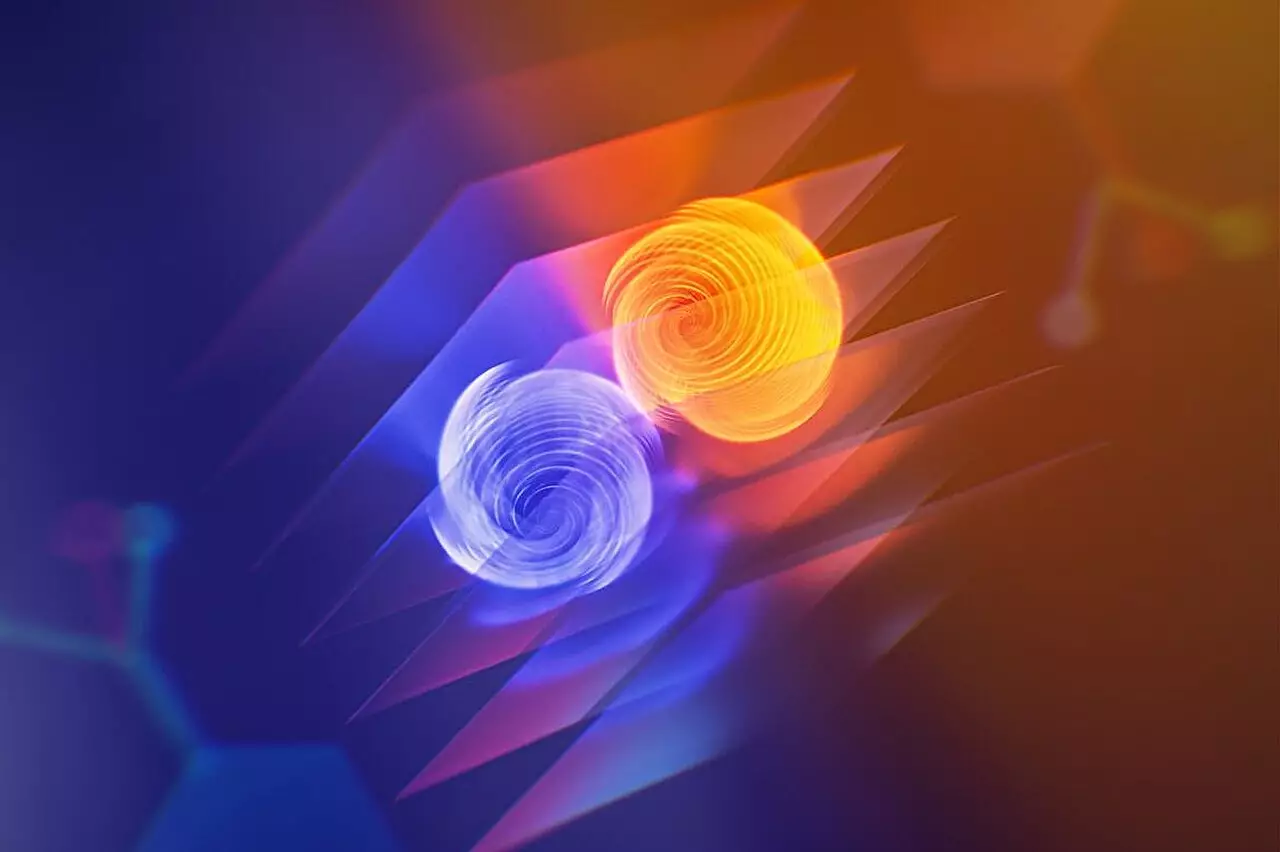In a significant leap forward for the realm of quantum computing, a research initiative led by UCLA’s California NanoSystems Institute has unveiled a groundbreaking material derived from traditional superconductors. These unique substances, known for allowing electrons to flow without resistance under chilling conditions, have garnered attention not only for their conventional applications but also for their immense potential in quantum technologies. Recently published research highlights how this innovative material exhibits exceptional properties that could revolutionize our computational capabilities.
The Breakthrough: Superconductivity Under Duress
Traditional superconductors are notorious for their limitations, particularly their susceptibility to magnetic fields. Generally, when exposed to high magnetic environments, they quickly lose their superconductive properties. However, in a remarkable divergence, the new material crafted by the UCLA team maintains its superconducting behavior even when subjected to magnetic fields that exceed conventional limits. This finding could represent a pivotal turning point in our understanding of superconductivity and its applications in quantum computing.
But the impetus for this advancement does not stop there. The researchers also examined the material’s capacity to conduct electricity under varying conditions, employing a technique that measures the material’s response to current flowing in both directions. Findings revealed a striking phenomenon known as the superconducting diode effect, where the material allowed for a significantly higher current in one direction compared to the other. This characteristic defies the typical behavior of conventional superconductors—where the loss of zero resistance is equally noted in both directions of current flow—thereby offering a revolutionary approach to enhancing quantum operations.
The Quantum Bootstrapping Effect: Qubits and Their Fragility
Quantum computing stands as a formidable contender against classical computing, primarily due to its employment of qubits—the quantum equivalent of bits. Unlike traditional bits that can represent either a 0 or a 1, qubits possess the uncanny ability to exist in multiple states simultaneously. However, the execution of calculations using qubits is fraught with challenges, particularly due to their ephemeral nature. Subsequent to minor environmental fluctuations, these qubits can quickly lose their quantum properties, lasting on the order of fractions of a second.
To address this fragility, researchers are exploring various superconducting materials capable of bolstering qubit performance while retaining their quantum coherence throughout computational processes. The UCLA team has turned their focus toward chiral superconductors—an unconventional class that promises to enhance the stability and accuracy of qubits.
The Dance of Electrons: Unraveling Chiral Superconductivity
In the broader context of superconductivity, conventional superconductors operate within the framework of entangled electrons that follow predictable motion and spin patterns, generally compensating for symmetry. In contrast, chiral superconductors diverge from this norm, permitting entangled electrons to spin in the same direction and thereby breaking these symmetry rules. This complexity opens doors to unprecedented applications, particularly in creating customized flows of electricity capable of processing information more efficiently.
However, sourcing viable chiral superconductors has historically posed challenges due to their rarity. The UCLA researchers have catalyzed a transformative approach by engineering a composite material—a lattice that incorporates both conventional superconducting layers such as tantalum disulfide, and directional molecular layers to emulate the chiral properties. This novel synthesis not only refines our understanding of superconductivity but also provides a pragmatic pathway to harness chiral elements.
A New Era: Implications Beyond Quantum Computing
The implications of the UCLA team’s discovery extend beyond the immediate realm of quantum computing. Should the newly engineered material pave the way to more resilient qubits, it could propel us toward groundbreaking advancements in various fields: from unbreakable cybersecurity protocols that thwart cyber threats, to highly advanced artificial intelligence systems capable of unparalleled computations. Moreover, it has the potential to optimize real-time simulations across a spectrum of phenomena, including pharmacological dynamics, urban traffic patterns, and financial market behaviors.
Simultaneously, the superconducting diode effect may dramatically improve efficiency in conventional electronic devices by accelerating operational speeds and reducing energy consumption. This critical avenue could have profound effects on specialized applications, including those demanding high performance in extremely low-temperature environments—such as deep space explorations.
As we stand on the brink of this exciting frontier in materials science and quantum computing, the innovative strides made by UCLA’s researchers could represent more than just a scientific breakthrough; they might be the key to unlocking the vast, uncharted potential lying at the intersection of quantum mechanics and technology. The future holds fascinating prospects as we endeavor to realize the full benefits of this transformative discovery, propelling humanity into a new era of computational possibilities.


Leave a Reply